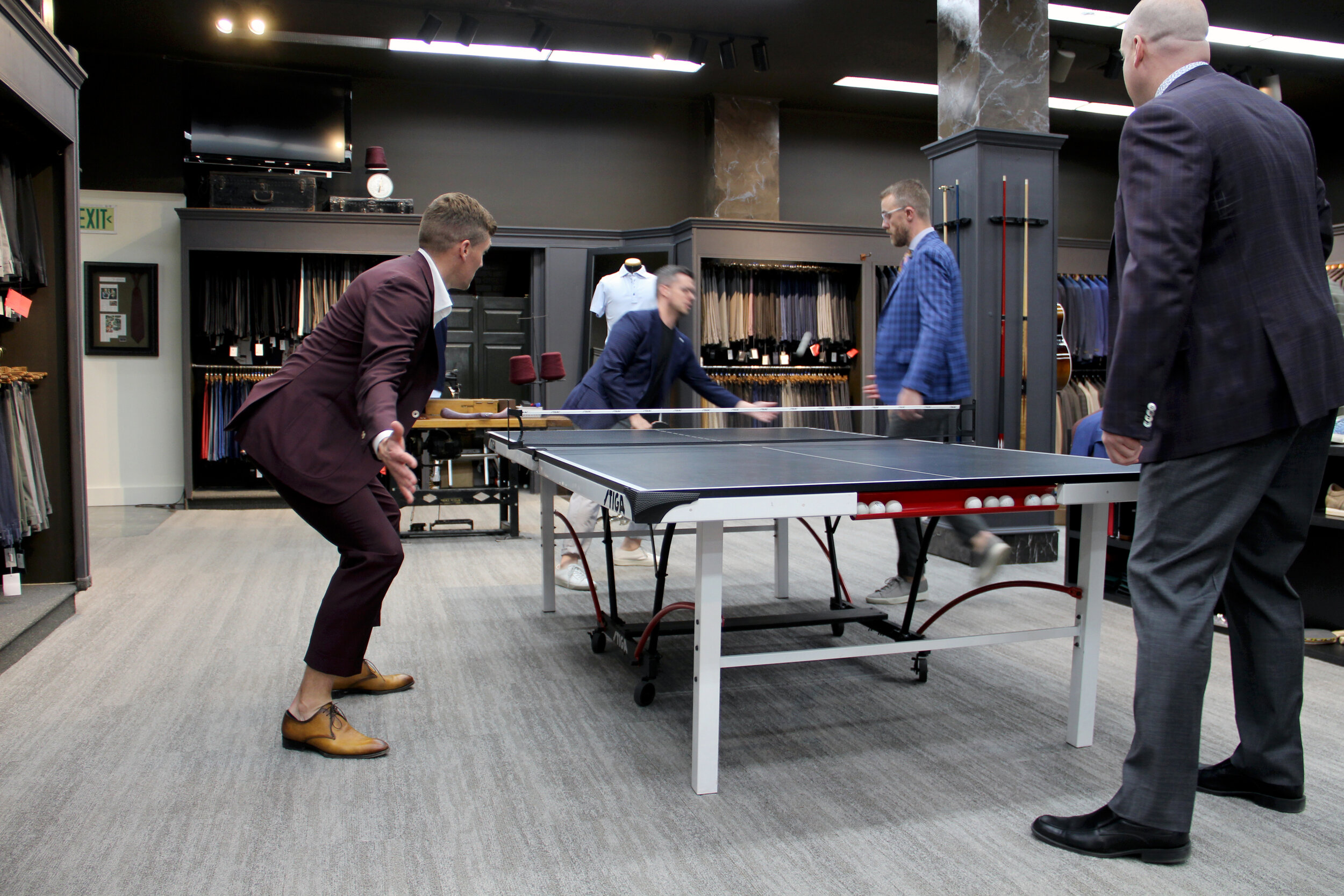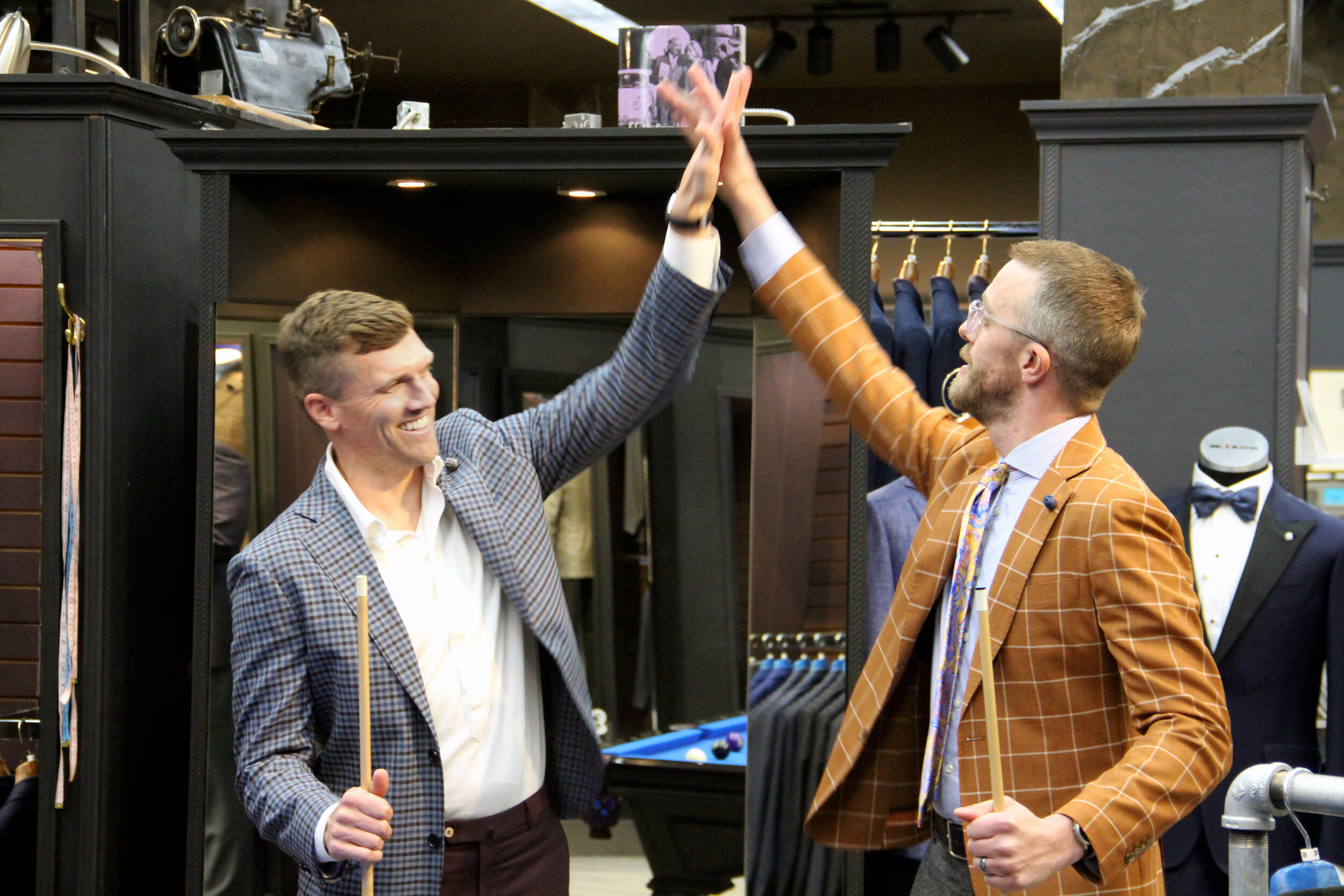There is so much that goes into finding that perfect jacket that if there is one garment men commonly neglect when they pick out a suit, it’s the pants. Pants have many features top to bottom, waistband to hem, that are important to consider for fit and appearance whether you are buying them as part of a suit or on their own as a pair of casual chinos.
The Waistband
Starting at the top, pants most commonly feature a waistband. The waistband is a thin strip of fabric that wraps around the waist and features some of the securing mechanisms needed to hold them on the body, namely a button or hooks.
The waistband can vary in terms of width, from thin to wide, though the standard is between 1-2″ wide.
Belt Loops
Attached to the waistband are the belt loops, which hold the belt in place around the waist. It is traditionally said that pants with belt loops should always be worn with a belt; otherwise, it looks like you just forgot to put it on. However, going beltless is popular for a more casual look.
Side Adjusters
For reasons of greater formality and uninterrupted lines, some men prefer trousers with side adjusters. These are usually small buckles, one at each hip, attached to cloth tab or strap that enable you to cinch the waist an inch or so on each side.
After-Dinner Split
This is a split in the material at the center back of the waistband held together by loose slip stitching.The name suggests that it helps accommodate the expansion of your stomach if you eat a large meal. However, the real purpose is to give more movement of the fabric at the waist, especially when you sit.
Waist Curtain
On the inside of your waistband, you may have a waist curtain. It’s a strip of lining that runs the full circumference of the waistband. Usually, it’s secured along the top of the waistband but can be lifted up from the bottom to reveal the underlying materials of the waistband construction.
The Rise
Below the waistband is the area called the rise, measured from the seam at the bottom of the crotch to the waistband. This may be in the range of 9-13 inches depending on the size of the pants and whether it is low-rise, mid-rise, or high-rise.
Pleats
Pleats are folds of fabric in the trouser rise. Pleats add mass and visual impact to the area of the rise. They can provide more comfort than a flat rise, especially if you carry weight in your abdomen, because the extra fabric there expands slightly as you move around, sit down or get up. Pleats also continue the crease that runs up the middle of each pant leg if you have dress pants on, which enhances the sharp and polished look.
The Seat
On the other side of the rise is your seat, where your rear end is. There isn’t much to say about pants construction here except for the various pocket options. Usually, you have two rear pockets on the seat, though these can either be welt pockets or welts with a single button on each. This gives you a clean rear seat.
Lining
Legs may also be lined on the inside, either down to the thigh or fully, especially if the pants are a light color or one that is either sheer or rough–summer fresco cloth is both. The lining prevents your skin and underwear from showing through and also protects your skin from abrasion.
Cuffs
Cuffs on pants give weight to the bottoms of the legs. In this way, they have the effect of visually shortening your legs. If you wear flat-front pants, cuffs are optional. If you wear pleats, generally you would usually go with cuffs to counterbalance the pleats, both visually and in terms of lending actual physical weight to balance the pulling of pleats in the area of the rise.



